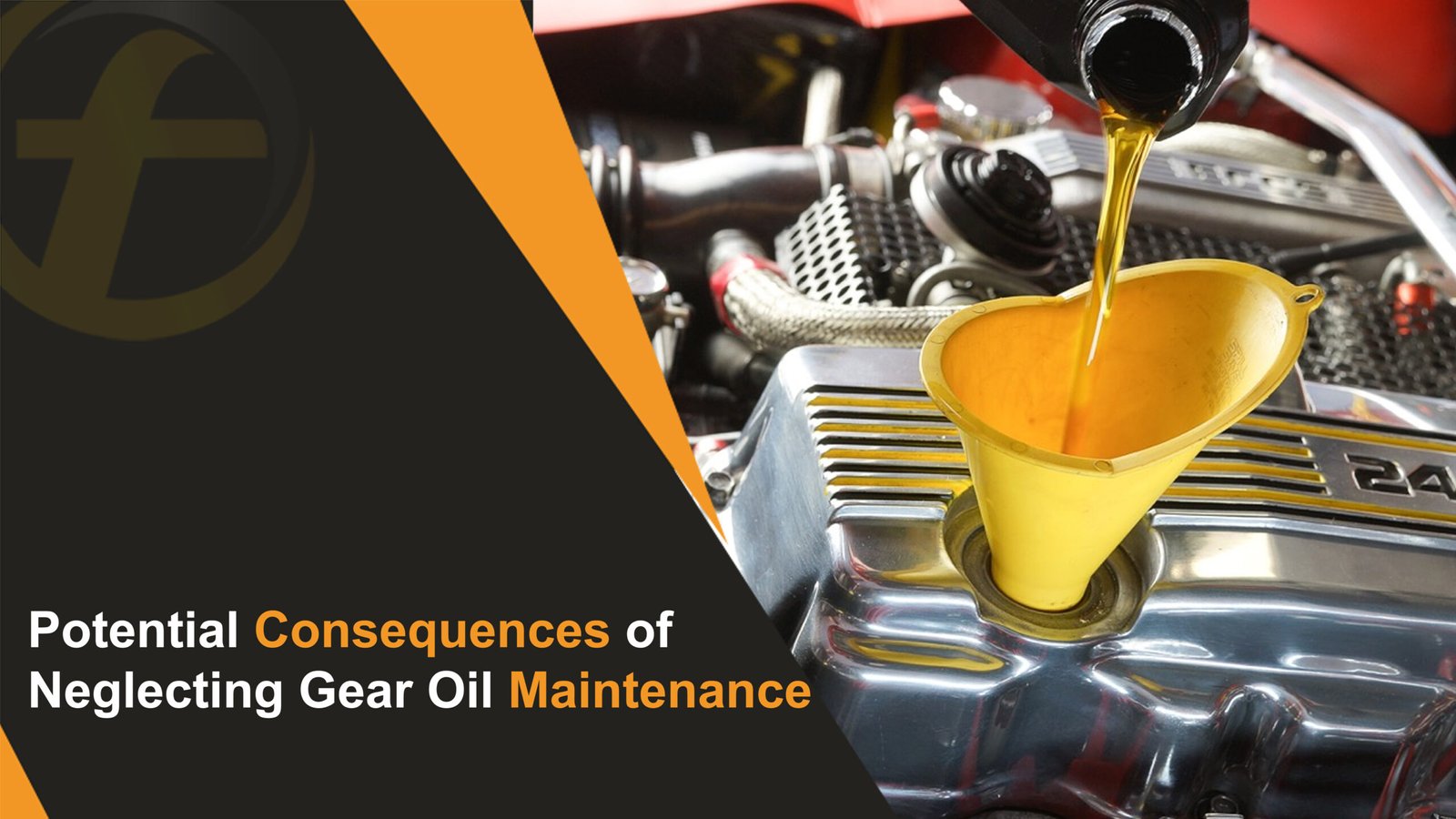
Gearbox oil is essential for your vehicle’s operation. It helps the car change gears easily and keeps the parts inside the gearbox moving smoothly. If you need to check or change it, you might hear grinding noises, feel shaking, or even need expensive repairs. By changing your gearbox oil regularly, you can keep your car running smoothly and avoid big problems.
Why Gearbox Oil Is Important
Gearbox oil is what keeps your car running smoothly every time you change gears, speed up, or go on a drive. It’s like your gearbox’s lifeline, ensuring everything works without a hitch. If you ignore it, you might face big problems.
Without enough gearbox oil, your vehicle could start having trouble. Gears might grind, you could feel strange vibrations, and fixing these issues could cost a lot of money. But there’s good news! Changing your gearbox oil regularly keeps your car running smoothly and helps avoid these problems.
Gearbox oil reduces friction and prevents metal parts from rubbing against each other. However, over time, the oil gets dirty with debris, which can block filters and damage important parts of your car.
If your gearbox oil runs low, your vehicle might not shift gears correctly. You might feel grinding or notice that it’s harder to drive. Ignoring this can lead to permanent damage and expensive repairs.
Taking care of your gearbox oil also helps your car use less fuel and prevents more significant issues in the future. Regular oil changes keep your vehicle in great shape and save you money in the long run.
For high-quality gearbox oil, rely on Fubex Lubricants to keep your vehicle performing at its best!
How Often Should You Change Gearbox Oil?
Gearbox oil doesn’t need to be changed often, but if you keep adding oil because the level gets low, it might mean a leak. If that happens, it’s a good idea to get your car checked.
Most car makers recommend changing your gearbox oil every 30,000 to 50,000 miles, but this can vary depending on how you drive.
You should change the oil sooner if you drive in harsh conditions, like lots of stop-and-go cold weather. The same goes if you tow heavy stuff or drive off-road a lot since that puts extra stress on the gearbox. It’s best to change the oil every 30,000 miles in those cases.
Think about how and where you drive, and stick to a schedule that keeps your gearbox in great shape!
Signs You Need to Change Your Gearbox Oil
Changing gearbox oil on time keeps your car running well. Look out for these signs that your gearbox oil might need to be replaced:
- Burning Smell: If you smell something burning, it could mean the gearbox oil isn’t working right. It might not be cooling or lubricating correctly anymore.
- Leaking Fluid: If you see oil spots or puddles under your car, it might be leaking gearbox oil. Leaks need to be fixed fast to avoid more significant problems.
- Warning Light: Some cars have a warning light on the dashboard that tells you something’s wrong with the transmission. It could mean your gearbox oil is low or dirty.
- Hard-to-Shift Gears: If your gears are grinding, sticking, or not shifting smoothly, the gearbox oil might be old or too low.
- Weird Noises: Noises like whining, clunking, or grinding from your gearbox can mean the oil is dirty or needs to be changed.
- Slipping Gears: If your car slips out of gear while driving, it could mean the gearbox oil is too low or dirty. This should be fixed right away.
- Slow Shifting: If your car takes longer than usual to change gears, the gearbox oil might need replacing.
- Dirty Oil: Check the oil regularly. If it looks dark, messy, or smells burnt, it’s time for new oil.
Regular oil changes can stop these problems before they happen and keep your car in great shape!
How to Check Your Gearbox Oil
Checking your gearbox oil is simple and keeps your car running smoothly. Follow these steps:
- Warm Up the Car: Start your car and let it run for a few minutes. Warm oil gives the best reading.
- Find the Dipstick: Open the vehicle’s bonnet and look for the gearbox dipstick. It’s usually near the back of the engine.
- Look at the Oil: Pull out the dipstick and check the oil. The new oil is bright and clear, while the old oil is dark and may smell burnt.
- Clean and Recheck: Wipe the dipstick with a cloth, put it back in, and pull it out again to check the level.
- Check the Markings: The dipstick has marks, like ‘hot’ and ‘cold’ lines or a cross-hatched area. Make sure the oil is between these lines but not above the ‘hot’ mark.
If the oil looks black, very dark, or light pink (which can mean water is in it), it’s time to replace it. If the oil is red-brown and straightforward, it’s okay but may need changing soon.
If you’re not sure, ask a mechanic for help. Checking your gearbox oil regularly keeps your vehicle in great shape!
Why Skipping Lubrication Checks is a Bad Idea
Checking your vehicle’s oils and fluids is crucial to keeping it working well and avoiding major problems. Engine oil and transmission fluid help the vehicle’s parts move smoothly.
Here’s what can go wrong if you don’t check them:
- Parts Wear Out Faster: Metal parts can rub together and break down sooner without enough oil.
- Expensive Repairs: If you skip checks, you might need to fix or replace big parts like the engine or transmission, which can be very expensive.
- Car Won’t Last as Long: When key parts get damaged, your car might stop working sooner.
Taking a little time to check the fluids can save you a lot of trouble and keep your car running for years!
Bottom Line
Taking care of your gearbox oil is super important for your car to stay in good shape. By checking the oil and changing it when needed, you can prevent big problems before they happen. This will save you time and money and ensure your car runs well for a long time. Let Fubex Lubricants help you keep your vehicle running smoothly with high-quality gearbox oil.
FAQs
Q1: How does gear oil impact the performance of differentials?
Ans: Gear oil, also called differential fluid, helps keep the gears and bearings in your vehicle’s differential running smoothly, allowing it to work better and last longer.
Q2: Can motorcycle engine oil help with smoother gear shifts?
Ans: Using the right motorcycle oil helps gears shift smoothly. Use oil made for motorcycles to keep the clutch working well.

Editor-at-Large
A passionate writer in the lubricant industry, Awais Iqbal has been covering oils, greases, and industrial fluids since the start of his career. At 25, he’s already written for blogs, catalogs, and brand guides across the UAE. Awais’s insights help companies connect with their audience, and his clear, helpful writing style is trusted by brands in the region.


